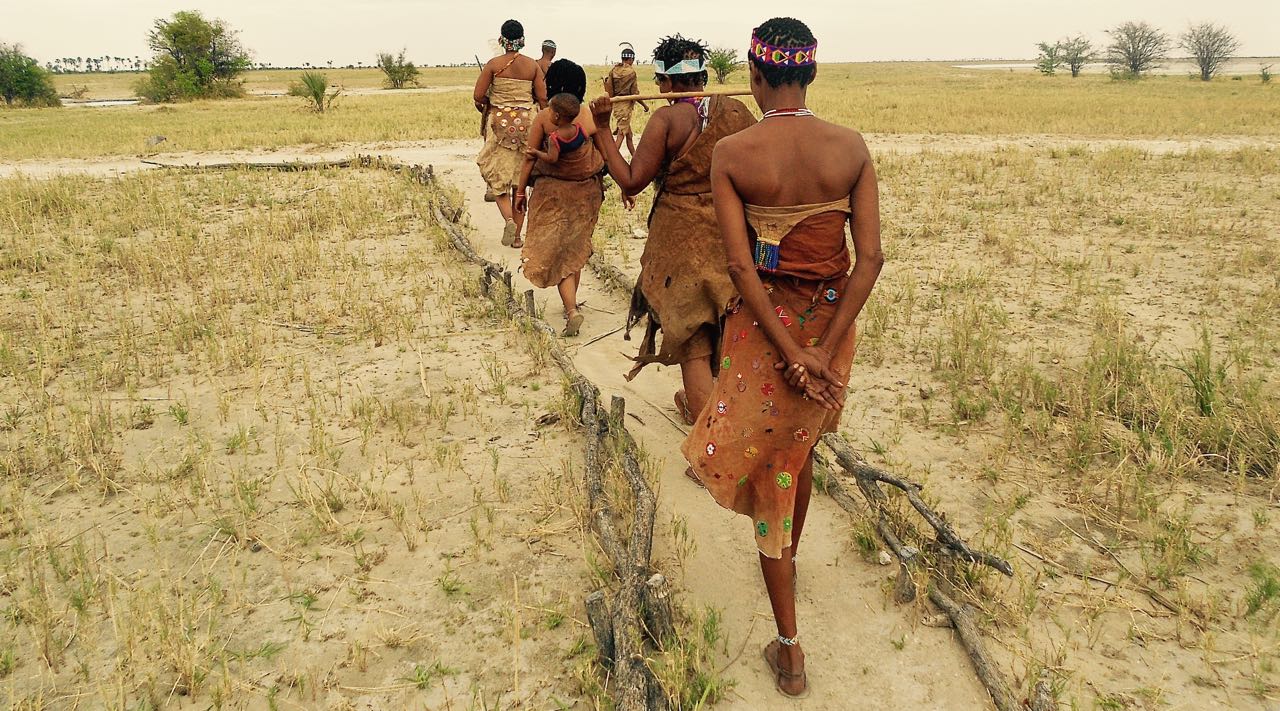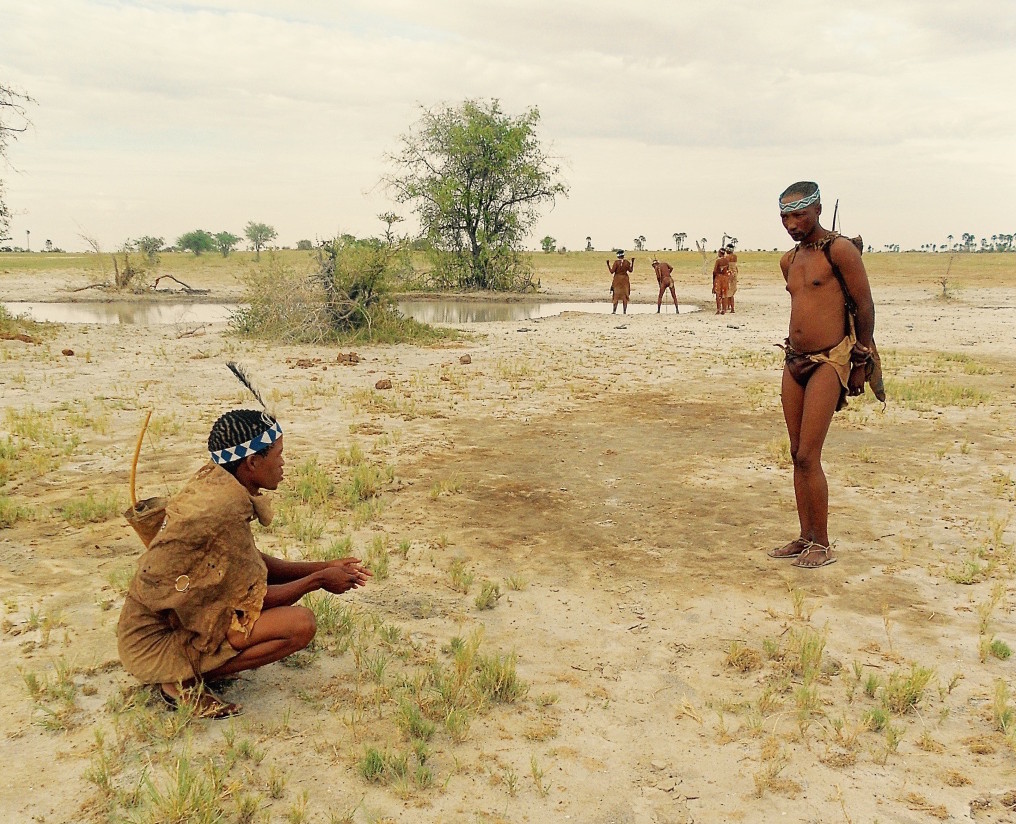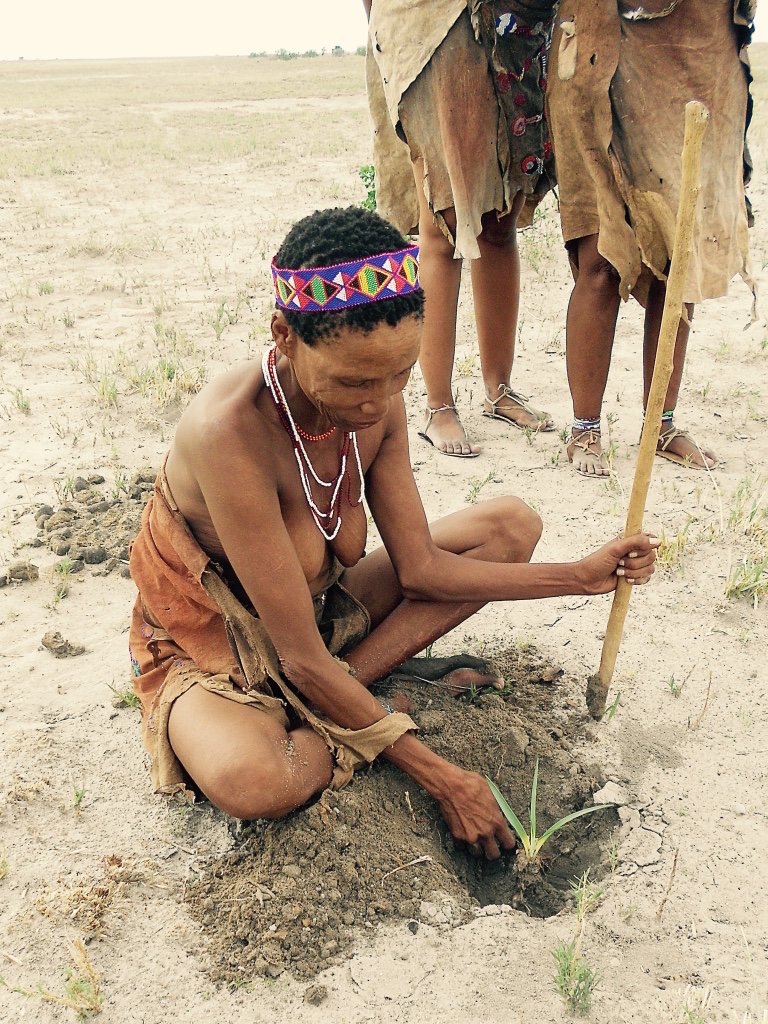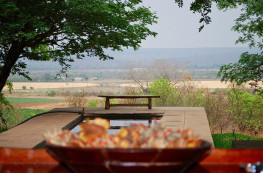My last few years in the United States, especially after the seismic financial downturn in 2008, were fraught with survival anxiety. In my search for a way to continue paying my bills in an economy where even my bank went under, a different kind of creativity emerged from within, that, over time, led me to a fundamental shift in my core beliefs.
Dealing with the physical reality of being alone and broke induced in me an unbearable fragility made manageable by a resolute tenacity, some cheap plonk, and a handful of close friends. Dealing with the emotional and spiritual reality of being alone and broke set me on the road I’m still traveling; a road that is leading me to a knowing that, to quote Lynn Twist, founder of the Soul of Money Institute, “there is enough, and that we are enough.”
Influenced by Buckminster Fuller‘s concept of ‘sufficiency,’ Twist emphasizes that this is not a message about simplicity or about cutting back and lowering expectations. “Sufficiency doesn’t mean we shouldn’t strive or aspire. Sufficiency is an act of generating, distinguishing, making known to ourselves the power and presence of our existing resources, and our inner resources. Sufficiency is a context we bring forth from within that reminds us that if we look around us and within ourselves, we will find what we need.”
To me, no way of life exemplifies this more than that of southern Africa’s oldest inhabitants, the San Bushmen, who I worked alongside briefly when I left America in 2012 and found a job in a safari camp in the middle of the Kalahari desert in Botswana. Even though the San’s hunter/gathering existence has been upended and overtaken by the modern world, the people I walked with, and learned from, showed me sufficiency through taking from their meager natural resources only what their bodies needed in that present moment.
Their way of life is a classic example of interdependence, learned from evolving alongside plants and wildlife in the dystopia of an unforgiving desert. While the San people forage alone, what they find is owned and eaten collectively. They preserve (burying certain ingredients like wild oranges in the cool of deep sand), they roast, and they dry wild food to make it more palatable, or easier to eat and digest. Every ingredient I use from our surrounding bush: mongongo nuts, baobab fruit, marulas, sour plums, monkey oranges and edible fungi, have all sustained the San people since the beginning of time.
One can argue that, in the desert, sufficiency is paramount for survival because resources are so scarce. This is true, but in their quest for survival the San Bushmen have learned to observe and copy the desert organisms among whom they live. James Workman, an American author who followed a Bushmen clan in Botswana over an extended period, said: “Thirst imposes a strange [natural] order that compels plants to perform self-mutilation of leaves, drives ‘pure’ insectivores like yellow mongoose to eat succulents and ‘pure’ carnivores like cheetah to devour tsama melons. Atop this water pyramid stand the Bushmen, carefully observing the surrounding organisms, mimicking their desert-savvy, water-trapping ways.”

As a result they see no separation between them and the organisms off which they survive. The San’s folktales and myths reflect their respect for the symbiotic relationship they have with the natural world. Landscapes, animals, birds and insects are symbols, protectors and teachers living alongside and within them, helping them to find their way each day.
There also exists among the San people an inherent tolerance and acceptance of others. They welcome strangers into their clan without question, and they express a delighted reverence in the young. There is little evidence of a hierarchy, and the whole clan finds solutions to problems together.
Lynne Twist reminds us that “when we let go of the chase for more, and consciously examine and experience the resources we already have, we discover our resources are deeper than we knew or imagined. In the nourishment of our attention, our assets expand and grow.”
There is enough. We are enough.






27 Comments
Brilliant blog, Bella, and beautifully written. It certainly makes one reflect on what we have and don’t need to have. Xx
Ah, thanks so much, Kate. Yes … scarcity isn’t necessarily a bad thing! xo
This world today is so I want I want I want. Your blog reminds us all that what we want and what we need are two completely different things.
Beautiful pictures too.
Thank you for your kind comment, Gillian. All of what you say is so true.
Yes, a beautiful blog, with a very important message–one I hope to impart to my girls before they take off on their own. Did you take these lovely photos yourself?
I think you impart this message to your girls all the time, dear Cynthia! Thank you for your lovely comment. Yes, I did take the photographs when I was working in the safari camp nearly three years ago now!
Reply
So beautifully and succintly put Annabel. Isn’t it interesting that one must be driven to the bottom before discovering this? Thankyou. I feel good and even a little teary,after reading this.
Thank you for your really kind comment, Murray. So many of us have been through tough times these past few years. Perhaps adversity isn’t such a bad thing after all!
What a great post and so true, I’m so glad I saw it.
I spent a year with no salary when I returned to Zimbabwe from Australia in 2010 and that was such a good lesson about what is important in life. I was lucky to have been given a roof over my head and food for six months by two wonderful friends, otherwise I wouldn’t have made it! For me it is people that are the most important, that’s why I returned.
I learned how humility is such a great teacher, Isla … and yes, those who love and support you in spite of your problems are a huge part of that learning. Thank you for your interest and support, Annabel
My very dear Annabel you have done it again! An article to make one think, appreciate and admire (the writing and the wonderful pictures). Thank you.
Thank YOU, dear Tish. Your interest and support, all the way over there in Corfu, means a great deal to me. Much love to you … Annabel xo
Interesting and thought provoking. If only world leaders could follow their example and find solutions to problems together.
Like the new look of the blog.
Thanks, Anne, for your kind words. Yes … if only, indeed!
THis is such a beautiful piece Annabel ! They are some of my favorite poeple , such an example ! I love it
Thank you for your kind comment, Calie. Yes, we have a lot to learn from those who came of age with the planet!
Another fabulous blog Annabel, one of your best yet. Love the story line – so very true in every sense. Great photos too. xxxx
Thank you, dear Lou. I wrote this post with you very much in mind … as one of those close friends who helped me through that rough patch. Gratitude! xo
Wonderful! (Like the new look, too.)
Thanks so much, Michelle … and welcome home!
Fantastic piece of work and so true – Thank You
Thank you so much for your very kind comment, Linda!
So beautifully written dear Annabel and hitting the soft spot again. Cleverly illustrated with your photographic skills too. xoxo
I love hearing from you, Helen. You are, and will always be, such an inspiration and influence in my life, therefore this comment makes me so happy. xo
Great post, Annabel! People get caught by consumerism and feel that they are somehow ‘inadequate’ or ‘failures’ if they don’t have a bunch of the newest shit to hit the market. They spend their lives on the hamster wheel…
And as an addendum, while we now see the San as desert dwellers, we must remember that the surviving populations are the result of invasions and genocides that drove them out of their savanna and woodland homelands into the margins. A few hundred years ago they inhabited the whole of Southern Africa…
Thank you so much for your kind and interesting comment, Mike. I agree with all of it! 🙂
[…] grief and loss; I’ve walked with the San Bushmen in the Kalahari Desert to expand my knowledge of sufficiency; and I’ve participated in a vision quest in the American West, all in the hope of deepening my […]
Comments are closed.